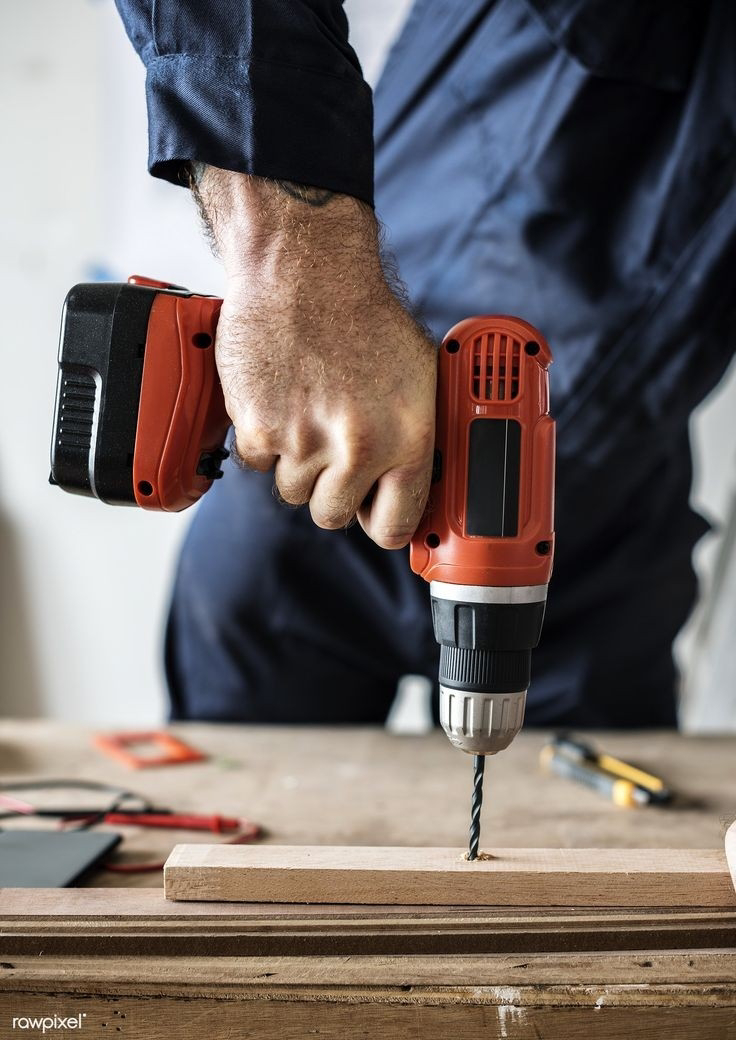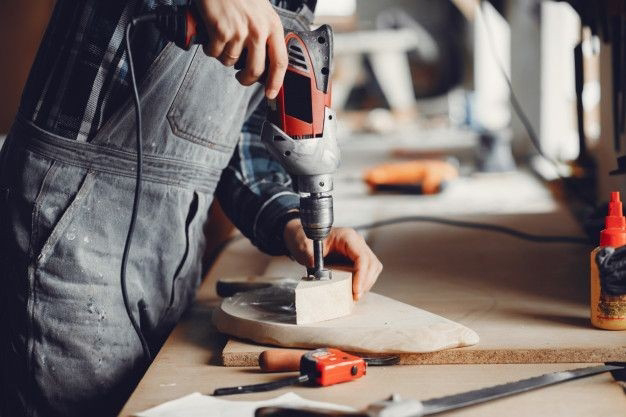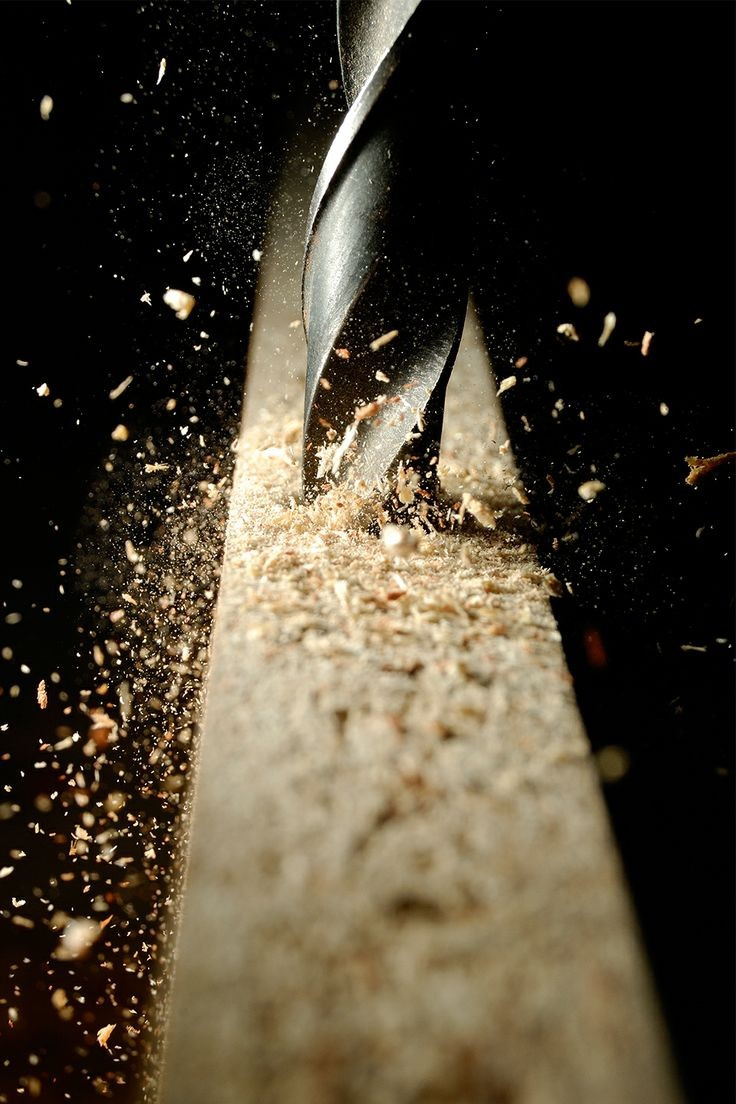Drill and tap size charts have long been essential tools for engineers, machinists, and DIY enthusiasts. These charts provide valuable information about the appropriate drill bit and tap sizes for creating threaded holes. As technology continues to advance, the future of drill and tap size charts holds exciting possibilities. In this article, we will explore the trends and innovations shaping the future of these charts and how they can enhance precision and efficiency in various industries.
1. Digitalization and Interactive Charts:
One of the significant trends in the future of drill and tap size charts is the shift towards digitalization. Traditional paper charts are being replaced by interactive digital versions that offer enhanced functionality. These digital charts allow users to input specific parameters, such as material type and thread pitch, to generate accurate drill and tap size recommendations instantly. Additionally, they can provide real-time updates and access to a vast database of information, making them invaluable tools for professionals and hobbyists alike.
2. Integration with CAD/CAM Software:
As computer-aided design (CAD) and computer-aided manufacturing (CAM) software become more prevalent, the integration of drill and tap size charts with these programs is a natural progression. This integration allows users to seamlessly access drill and tap size recommendations directly within their CAD/CAM software, eliminating the need for manual cross-referencing. By streamlining the design and manufacturing processes, this innovation saves time, reduces errors, and enhances overall productivity.
3. Augmented Reality (AR) Assistance:
Augmented reality (AR) technology has the potential to revolutionize the way drill and tap size charts are utilized. With AR assistance, users can visualize the drilling and tapping process in real-time, overlaying digital information onto physical objects. This technology can provide step-by-step instructions, highlight the exact locations for drilling and tapping, and even detect errors or deviations from the recommended sizes. AR assistance enhances precision, reduces the learning curve, and minimizes the risk of mistakes.
4. Machine Learning and Artificial Intelligence (AI):
Machine learning and artificial intelligence (AI) algorithms are being employed to analyze vast amounts of data and optimize drill and tap size recommendations. These algorithms can learn from historical data, user feedback, and industry trends to continuously improve the accuracy and efficiency of the charts. By leveraging AI, drill and tap size charts can adapt to specific applications, materials, and machining conditions, ensuring optimal results and reducing the need for manual adjustments.
5. 3D Printing and Customization:
The rise of 3D printing technology opens up new possibilities for customization in drill and tap size charts. With 3D printing, users can create custom drill guides and tap holders tailored to their specific needs. These personalized tools can incorporate the recommended drill and tap sizes directly, eliminating the need for separate charts. This innovation allows for greater flexibility, precision, and efficiency in the drilling and tapping process.
6. Collaboration and Community Platforms:
The future of drill and tap size charts also involves the development of collaboration and community platforms. These platforms enable users to share their experiences, insights, and best practices related to drill and tap sizes. Users can contribute to a collective knowledge base, ask questions, and receive feedback from experts and peers. This collaborative approach fosters continuous learning, innovation, and the exchange of valuable information within the machining community.
Conclusion:
The future of drill and tap size charts is filled with exciting possibilities. Digitalization, integration with CAD/CAM software, augmented reality assistance, machine learning, 3D printing, and collaboration platforms are just a few of the trends and innovations shaping the evolution of these charts. By embracing these advancements, professionals and enthusiasts can enhance precision, efficiency, and productivity in their drilling and tapping endeavors. As technology continues to advance, the future of drill and tap size charts holds immense potential for the machining industry.












